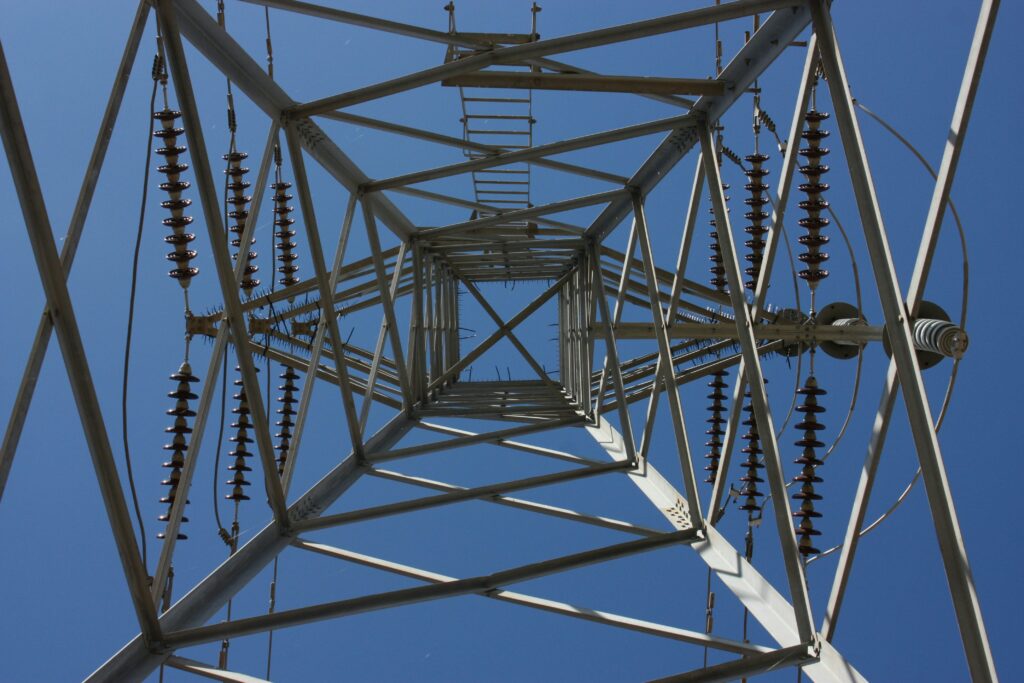Ukraine’s energy landscape has been profoundly impacted by the ongoing conflict, with extensive damage to infrastructure and a historical reliance on Russian imports for traditional energy sources like coal, gas and nuclear fuel. Rebuilding the centralized, Soviet-era energy system is no longer a viable option. Attempts to restore a fossil fuel or nuclear-based centralized sector are fraught with military risks, slow progress, high costs for the state and lack of appeal for private investors wary of vulnerable, high-risk assets. Razom We Stand reports.

The promise of microgrids
Smart grids and microgrids offer the highest levels of energy security and the ability to withstand damages, threats and terrorist/military attacks. Microgrids can enhance the resilience and security of power systems, protecting them from various threats, including terrorist attacks. These small-scale, localized energy systems can operate independently or in conjunction with the main grid.
Microgrids can contribute to energy security in several ways:
- Isolation and independence: Microgrids can be designed to operate autonomously, separate from the main grid, thus preventing disruptions in the event of an attack.
- Redundancy: Microgrids can serve as a redundant source of power, allowing for seamless shifting to maintain essential services without interruption.
- Grid resilience: Microgrids incorporate renewable energy sources, energy storage systems and advanced control systems, making them more resilient to outages caused by physical attacks, including rocket attacks.
- Distributed generation: Microgrids include distributed generation sources, diversifying the energy supply and reducing dependence on centralized power plants, which can be vulnerable to attacks.
- Energy storage: Microgrids can include energy storage systems, providing a buffer against sudden disruptions.
- Grid monitoring and control: Microgrids are equipped with advanced monitoring and control systems that can detect anomalies and quickly restore power, helping to identify and mitigate the effects of attacks.
Leading the way: Ukrainian cities embracing decentralization
Several Ukrainian cities are already taking steps to implement decentralized energy solutions:
- Vinnytsia: Through the cooperation of JSC Vinnytsiaoblenergo and a small hydropower plant operator, five microgrid networks have been created in the Vinnytsia region. These small balanced consumption areas with their own generation can supply neighbouring settlements with power if launched after a complete blackout.
- Khmelnytskyi: The Khmelnytsky National University microgrid includes a 140-kW cogeneration unit, 263.5-kW solar power plants, a 100-kW diesel power plant, a 3,900-kW gas boiler house, its own 0.4-kV cable lines, fibre-optic communication lines, a computer network, intelligent energy metering devices, data acquisition and processing systems (SCADA), control and energy monitoring, and a control room for managing and monitoring the university’s microgrid.
The need for legislative reform
Despite its cities’ readiness to embrace decentralisation, Ukraine’s current legislation presents significant barriers. There is no clear definition of ‘decentralised electricity generation’ in the law, and the process of connecting to the grid is not adequately regulated. In 2023, amendments to the Law of Ukraine ‘On the Electricity Market’ introduced the concept of ‘small distribution systems’. Still, this definition must address the broader question of how decentralised/distributed generation should function.
The legislation also needs to clarify how energy storage systems can be integrated into decentralised generation or how small distribution systems can connect existing installations in cities without establishing a distribution system operator (DSO). In practice, individual plants connect to DSO networks, but there needs to be a legal framework for combining these plants into local networks in small towns. This gap makes it financially unviable to generate more electricity due to the need to pay for grid transit once connected.
To address these issues, Ukraine must develop a clear algorithm for small networks and incorporate appropriate changes into the regulatory framework. This algorithm should include provisions for borrowing, where the state provides guarantees in the form of assets and grants large loans for implementing ‘green projects’ backed by these sovereign guarantees.
Another significant barrier is the absence of the concept of an ‘energy community’ in national legislation. While positive changes were made to the Law of Ukraine ‘On the Electricity Market’ in the summer of 2023, focusing on active consumers and their right to supply electricity to neighbouring consumers, communities still have little interest in creating their own energy projects due to financial capacity, organisational activity, awareness and negotiation challenges.
As Ukraine rebuilds its energy infrastructure, embracing decentralisation and microgrids is crucial for enhancing energy security, resilience and independence. However, overcoming legislative and regulatory barriers is essential for unlocking the full potential of these technologies. By fostering a supportive legal framework and encouraging the development of energy communities, Ukraine can pave the way for a more secure and sustainable energy future.